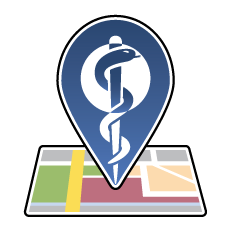Social: #SickleCellAwarenessMonth #NationalSickleCellMonth
Twitter: @nih_nhlbi
Facebook: @NHLBI
Website: https://www.nhlbi.nih.gov/health-topics/sickle-cell-disease
Sickle Cell Disease
Also known as Sickle Cell Anemia, Hemoglobin S or SS disease, Sickling disorder due to hemoglobin S
Sickle cell disease is a group of inherited red blood cell disorders. People who have sickle cell disease have an abnormal protein in their red blood cells. In the United States, most people who have sickle cell disease are of African ancestry, but the condition is also common in people with a Hispanic background. Because the disease runs in families, couples planning to have children can have genetic testing.
Early signs and symptoms of sickle cell disease include swelling of the hands and feet; symptoms of anemia, including fatigue, or extreme tiredness; and jaundice. Over time, sickle cell disease can lead to complications such as infections, delayed growth, and episodes of pain, called pain crises. Most children who have sickle cell disease are pain-free between crises, but adolescents and adults may also suffer with chronic, ongoing pain. Over a lifetime, sickle cell disease can harm a patient’s spleen, brain, eyes, lungs, liver, heart, kidneys, penis, joints, bones, or skin.
A blood and bone marrow transplant is currently the only cure for sickle cell disease, and only a small number of people who have sickle disease are able to have the transplant. There are effective treatments that can reduce symptoms and prolong life. Early diagnosis and regular medical care to prevent complications also contribute to improved well-being. Sickle cell disease is a lifelong illness. The severity of the disease varies widely from person to person.
Explore this Health Topic to learn more about sickle cell disease, our role in research and clinical trials to improve health, and where to find more information.
Source: 2019 National Health Observances, National Health Information Center, Office of Disease Prevention and Health Promotion, U.S. Department of Health and Human Services, Washington, DC.

